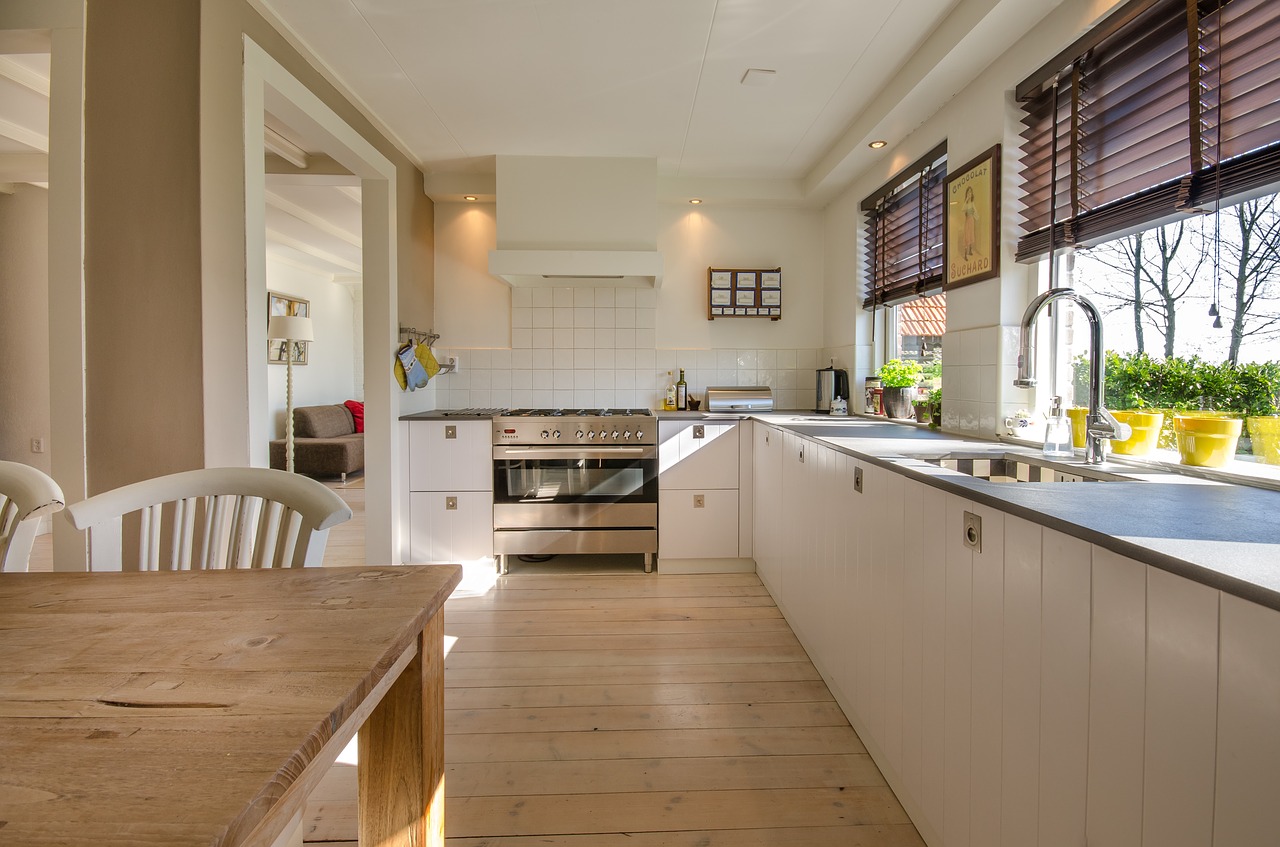
Earth-Friendly Kitchen
Everybody’s boarding the eco train. Do you also want to contribute to the improved chances of a stable biosphere in the immediate future and get green? You can start off with some nifty interior renovations and changes, more specifically with your kitchen. There is a good reason this is a good place to start – even though it is a small part of your household, it tends to waste a lot of material, energy and resources. If you want to change this, here’s how to have a truly earth-friendly kitchen.
Start with the insulation
When you start your ‘earth-friendly kitchen’ project, the best strategy is to adopt the outside-in approach. This means you will have to begin with insulation. Improving your kitchen insulation boosts its utility and comfort. Considering how much time we spend cooking in this area, if it is not properly insulated, you will lose a lot of heat during winter. Remember that floor insulation is just as important because most people tend to use tiles and other materials which don’t stain but which tend to soak up heat.
Water conservation
Believe it or not, on average, people tend to spend more water in the kitchen than in the bathroom. While this might reveal something discouraging about hygiene worldwide, it also tells us that kitchen should be a bigger priority when it comes to earth-friendly renovations. Thankfully, a few easy fixes and tweaks will make all the difference in the world and you will save water like crazy.
When it comes to appliances such as the dishwasher, you should definitely replace the older model with the cutting-edge conserving dishwasher. In fact, you should replace all appliances in your kitchen with the ones that have ENERGY STAR rating – these are the lines of products that are green-lit as eco-friendly when it comes to water and electricity expenditure. Furthermore, you should replace your taps with the latest low-flow models.
Diversify
Efficient kitchen entails a lot of tough choices when it comes to energy spending. For example, you might have to pick between electrical and gas stoves depending on what sort of setup is eco-logical according to your country and location.
While gas stoves do tend to involve an open flame, they are also technically efficient, and they can help you reduce the electrical bill. Contemporary solutions for your new gas connection are also quite safer and more convenient than ever before. In other words, by using several types of energy in your kitchen, you will diversify the expenditure and get smaller bills at the end of the month.
Replace your windows
Let’s return to the matter of insulation for a minute. The weakest spot when it comes to wasting heat and energy in the kitchen is the window. This is why it is important to replace your old windows with the energy-efficient ones and use the opportunity to boost natural light. There is hardly anything more eco-friendly than the sun, and bigger windows mean you’ll have to use the artificial light less often.
Go LED
While we are on the topic of artificial light, you should definitely add more fixtures to your kitchen and replace all of the old, incandescent light bulbs with LED light bulbs. While ‘more artificial light sources’ sounds like a perfect recipe for higher bills, if you use energy efficient LED bulbs, you’ll get more light for the fraction of the original price. LEDs use about 10% of the energy incandescent bulbs tend to devour and they spend 90% of it on the light which means the lights will not serve as additional sources of heat in the kitchen.
While CFL bulbs are also a legitimate choice, LEDs are deemed a bit safer and, statistically, slightly more efficient. Finally, they tend to last significantly longer when compared to incandescent bulbs. While the traditional, old models last 5 – 6 months at most (if you are lucky), LEDs last for several years.
Once you install the energy efficient kitchen, you will be swept off your feet once the first utility and electrical bills come. The economical difference this change makes is quite staggering. This means that such renovations are the win-win situation: even though you will invest in a new kitchen, you will save up a lot of money over time and have a more earth-friendly household to boot.
 WhosGreenOnline.com Your Online Magazine and Directory for Green Business, Product, Service and News!
WhosGreenOnline.com Your Online Magazine and Directory for Green Business, Product, Service and News!


